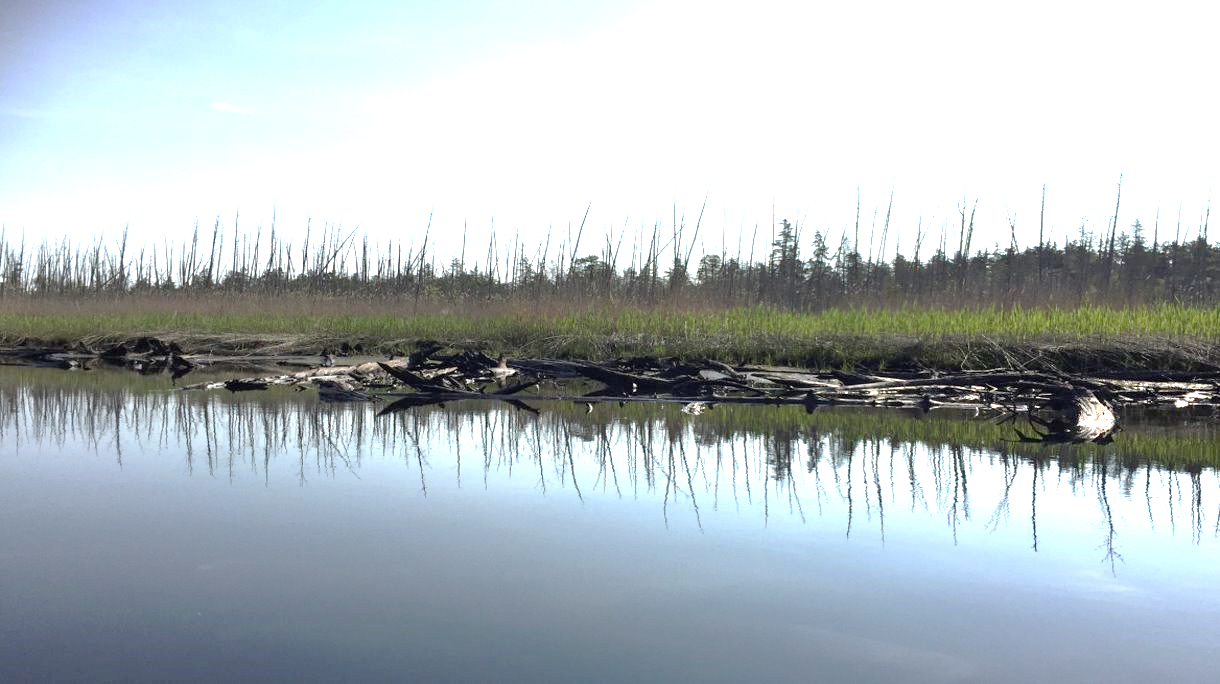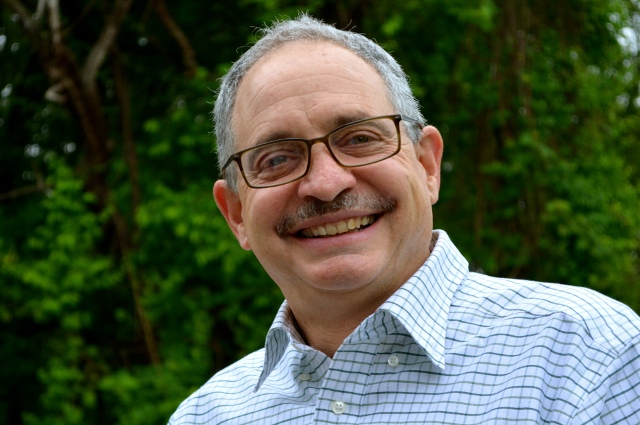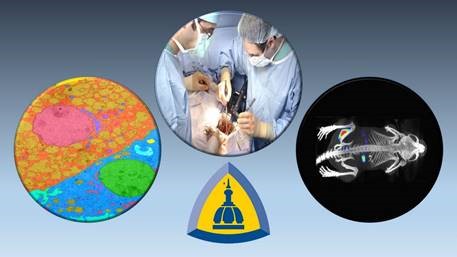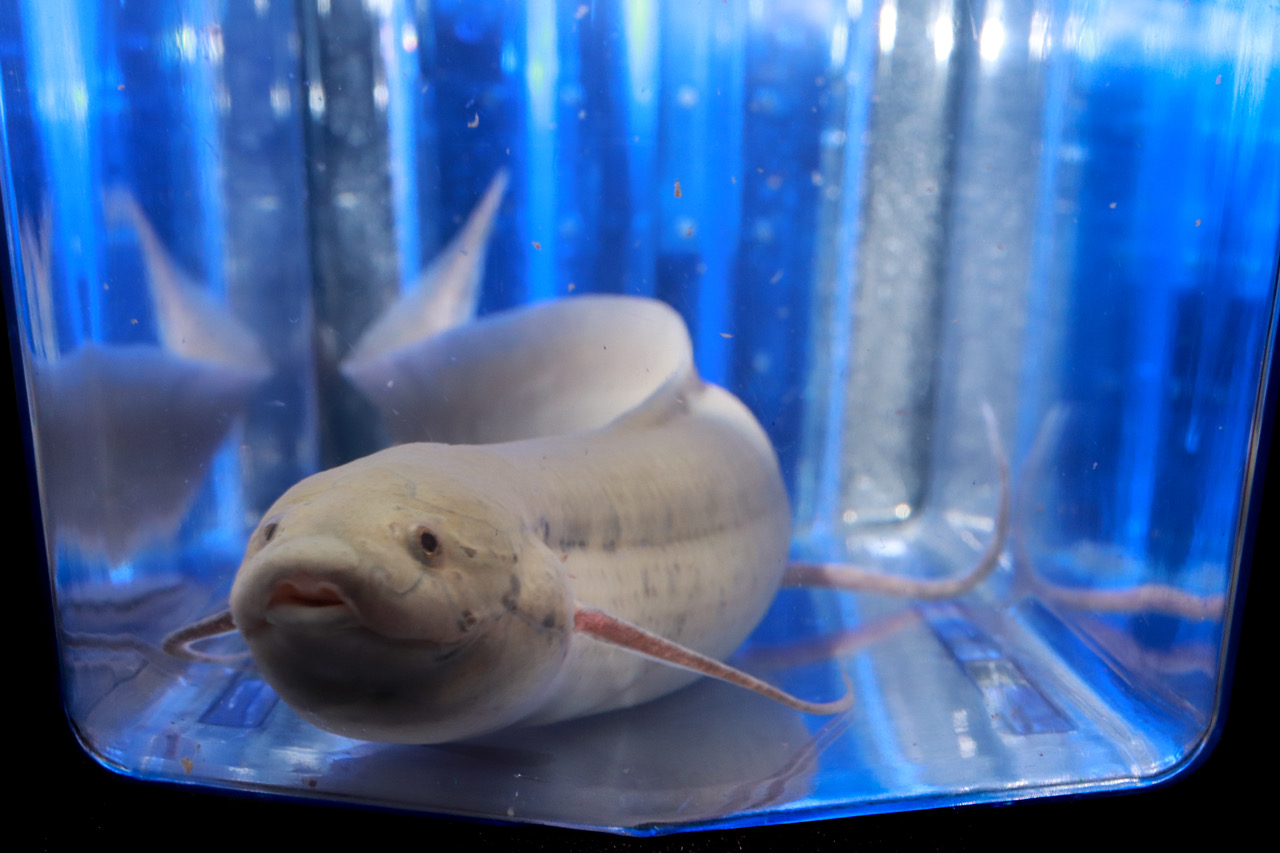Unlike central nervous system injuries, peripheral nerve injuries (PNIs) are often characterized by more or less successful axonal regeneration. However, structural and functional recovery is a senile process involving multifaceted cellular
Tag: Regeneration
Adipose-derived regenerative therapies for the treatment of knee osteoarthritis
Knee osteoarthritis is a degenerative condition with a significant disease burden and no disease-modifying therapy. Definitive treatment ultimately requires joint replacement. Therapies capable of regenerating cartilage could significantly
Inhibiting an enzyme associated with aging could help damaged nerves regrow and restore strength
Scientists at Stanford University School of Medicine and Sanford Burnham Prebys have demonstrated a new way to accelerate recovery from peripheral nerve injury by targeting an enzyme that was thought to be responsible for muscle wasting with aging.
Stimulating axon re-growth after spinal cord injury
A new study by Burke Neurological Institute (BNI), Weill Cornell Medicine, finds that activation of MAP2K signaling by genetic engineering or non-invasive repetitive transcranial magnetic stimulation (rTMS) promotes corticospinal tract (CST) axon sprouting and functional regeneration after spinal cord injury (SCI) in mice.
A World First: For the First Time, a Human Liver Was Treated in a Machine and Then Successfully Transplanted
The Liver4Life research team owes its perfusion machine, which was developed in house, to the fact that it became possible to implant a human organ into a patient after a storage period of three days outside a body.
TRACS set the stage in flatworm regeneration
In this study, the Sánchez Alvarado Lab shows that whole-body regeneration involves transcriptional changes in cells from all three germ layers (muscle, epidermis, and intestine) of the body, and that tissue from areas distant from, as well as nearby to the site of injury, contribute to the process of regeneration.
Implant shows extreme promise for regenerating bone
Its powers may not rival Wolverine’s, but a regenerative implant engineered by researchers at the University of Nebraska Medical Center and University of Nebraska–Lincoln could help repair bone-deep damage following physical trauma, surgery or osteoporosis.

“Ghost Forests” Expanding Along Northeast U.S. Coast
Why are “ghost forests” filled with dead trees expanding along the mid-Atlantic and southern New England coast? Higher groundwater levels linked to sea-level rise and increased flooding from storm surges and very high tides are likely the most important factors, according to a Rutgers study on the impacts of climate change that suggests how to enhance land-use planning.

David Kaplan Elected to National Academy of Engineering
David Kaplan, the Stern Family Professor of Engineering at Tufts University School of Engineering, has been elected to the National Academy of Engineering in recognition of his contributions to silk-based materials for tissue engineering and regenerative medicine.
Johns Hopkins Scientists Find Mammals Share Gene Pathways That Allow Zebrafish To Grow New Eyes
Working with fish, birds and mice, Johns Hopkins Medicine researchers report new evidence that some animals’ natural capacity to regrow neurons is not missing, but is instead inactivated in mammals. Specifically, the researchers found that some genetic pathways that allow many fish and other cold-blooded animals to repair specialized eye neurons after injury remain present in mammals as well, but are turned off, blocking regeneration and healing.

Research News Tip Sheet: Story Ideas From Johns Hopkins Medicine
During the COVID-19 pandemic, Johns Hopkins Medicine Media Relations is focused on disseminating current, accurate and useful information to the public via the media. As part of that effort, we are distributing our “COVID-19 Tip Sheet: Story Ideas from Johns Hopkins” every other Tuesday.

Tail regeneration in lungfish provides insight into evolution of limb regrowth
A new study published in the Proceedings of the Royal Society B from researchers at the University of Chicago and Universidade Federal do Pará explores regenerative ability in the tails of West African lungfish for the first time, and finds that the process shares many of the same traits as tail regeneration in salamanders. Their results indicate that this trait was likely found in a common ancestor – and provide a new opportunity for better understanding and harnessing the mechanisms of limb regrowth.
Researchers Identify MicroRNA That Shows Promise for Hair Regrowth
Researchers have identified a microRNA (miRNA) that could promote hair regeneration. This miRNA – miR-218-5p – plays an important role in regulating the pathway involved in follicle regeneration, and could be a candidate for future drug development.
Researchers Regrow Damaged Nerves with Polymer and Protein
University of Pittsburgh researchers have created a biodegradable nerve guide – a polymer tube – filled with growth-promoting protein that can regenerate long sections of damaged nerves, without the need for transplanting stem cells or a donor nerve.